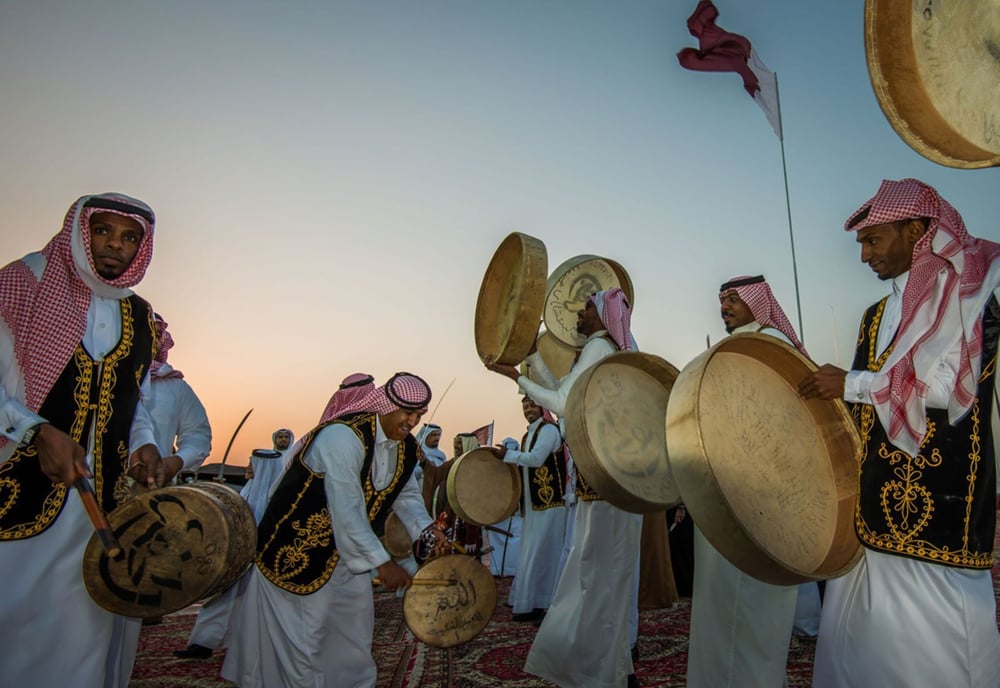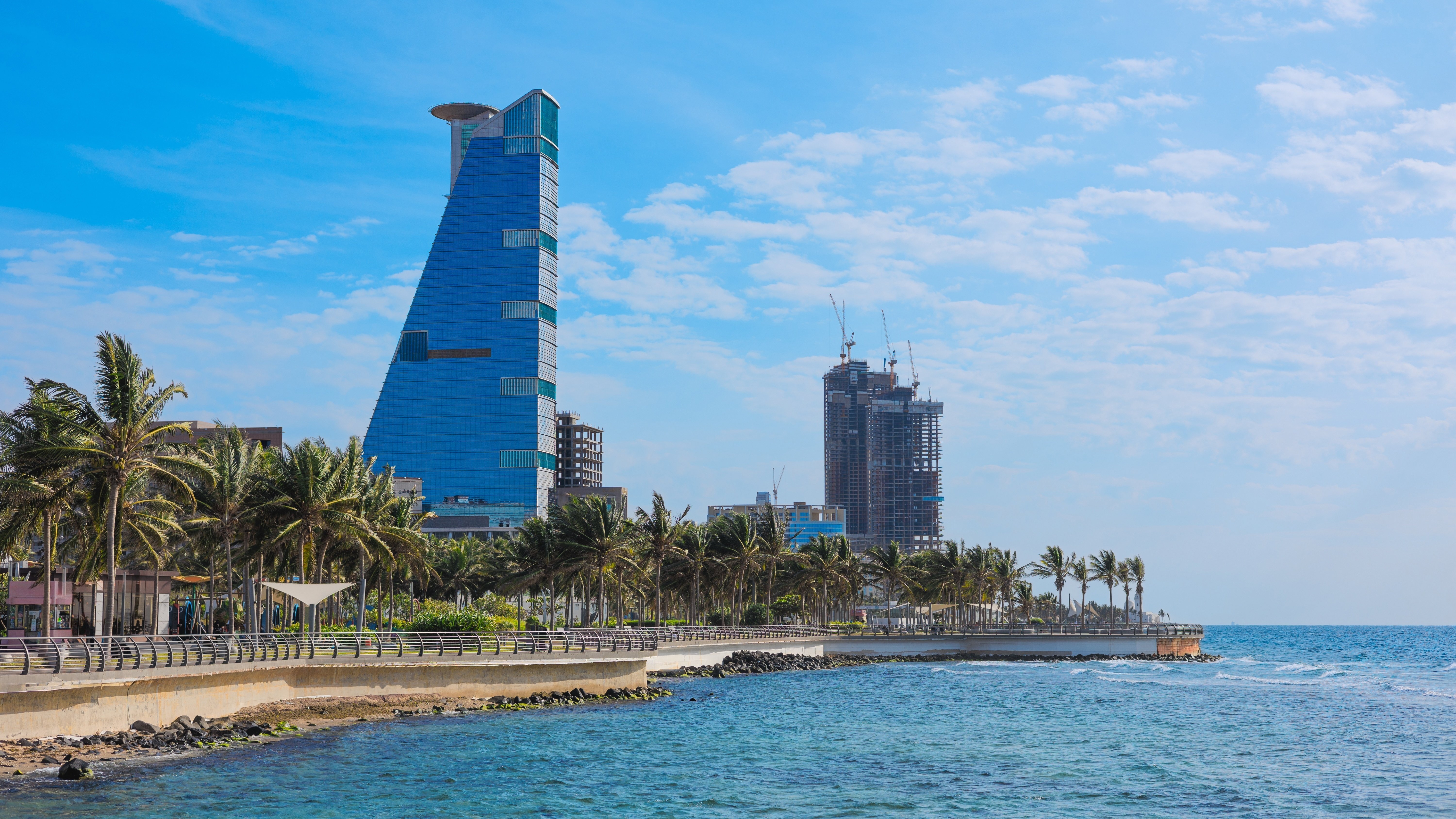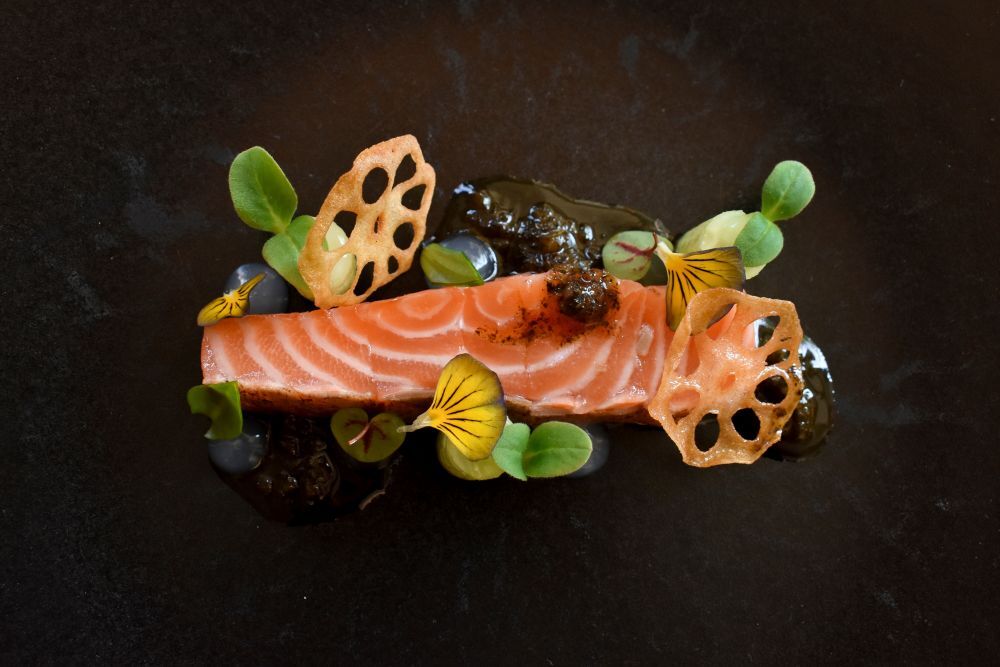Prominent Wedding Traditions in Saudi Society
In Saudi Arabia, a wedding is far more than a union between two individuals — it is a deeply rooted cultural and social event that brings families and communities together in joyous celebration. Marked by a series of distinctive customs and ceremonies, Saudi weddings merge Islamic values and Arab heritage, creating an occasion that reflects the nation’s identity and traditions.
From the formal proposal to the grand wedding reception, each stage of the process carries a different cultural significance. This article explores the key rituals that define a traditional Saudi wedding.

Talab Al-Arousa – The Marriage Proposal
The journey begins with Talab Al-Arousa — the proposal or formal request by the groom for the bride’s hand in marriage. In keeping with custom, the groom is accompanied by an older member of his family to approach the bride’s father or legal guardian. This step underscores the respect for family and customs as marriage is considered a family matter that requires approval from both sides.
Once initial approval is granted by the bride’s guardian, a date is set for the Fatiha. It’s a spiritual and symbolic recitation of the opening verse of the Qur’an to bless the union and is attended by both families. This ceremony serves as an official engagement announcement, marking the couple’s shared commitment with a blessing rooted in faith.
The Shoufah – The First Meeting
Following the Fatiha, the couple participates in the Shoufah, or the ‘permissible glance’. An important ritual in Saudi weddings and in accordance with Islamic custom, this chaperoned meeting allows the bride and groom to see each other formally for the first time. Though often brief, this decisive moment holds great significance. If there is mutual acceptance and compatibility between the couple during the Shoufah and both families grant their approval, it paves the way for the wedding preparations to begin.
Mahr – The Dowry
An essential component of Saudi marriages, the Mahr is a dowry offered by the groom to the bride as a gesture of respect and commitment. Considered the bride’s right, it’s a monetary amount that is agreed upon in consultation with the bride’s family and reflects the bride’s status. Sometimes, the Mahr is also accompanied by conditions related to the bride’s life after marriage, such as the place she will live in or the gifts that she will receive. While the dowry amount varies based on the groom’s family and circumstance, some modern families are adopting more flexible practices to ease the financial burden for younger couples.
Katb Al-Kitab – Signing the Marriage Contract
Once the Mahr has been agreed, the couple proceeds to the Katb Al-Kitab — the official signing of the legal Islamic marriage contract in which the marriage is officially and legally documented. Held at the bride’s or groom’s home, a mosque, or in court, this ceremony formalises the marriage under Islamic law.
An imam or priest delivers a brief address on the virtues of marriage and the appreciation both spouses should have for one another, followed by the signing of legal documents in the presence of witnesses. The Katb Al-Kitab marks the legal and religious recognition of the marriage, witnessed by both families and the wider community.
The Shabka Ceremony
The Shabka is a festive event during which the groom presents the bride with jewellery — often including the engagement ring — alongside the Mahr. This event serves as an official engagement announcement where both families gather to exchange congratulations, and set the dates for the wedding and associated events during this celebration.
At the Shabka party, the bride and groom exchange rings by traditionally placing them on the right hand. This exchange signifies the official start of the engagement and is one of the most symbolic moments in the entire wedding journey.
The Ghumra – Henna Night
Held shortly before the wedding day, the Ghumra is a traditional henna party that brings together the bride, her close friends and female family members in a celebratory atmosphere full of joy and music. Once a modest gathering, today’s Ghumra events are often held in elegantly decorated venues and feature dancing and other lavish festivities.
Henna is the central element of this party. The bride and her guests decorate their hands and feet in intricate designs in a display of passed-down tradition that expresses beauty and femininity. The bride typically wears a traditional embroidered dress, while the groom holds a separate celebration with his male relatives and friends before the wedding day.
The Wedding Reception
The wedding day is the peak of celebration bringing together all family and friends. In Saudi Arabia, receptions are traditionally divided into two separate events — one for men and another for women. At the men’s gathering, cultural pride takes centre stage as men perform sword dances, drum music, serve grand feasts and render ceremonial speeches. These festivities honour Saudi heritage and underscore the strength and unity of family.
Meanwhile, the women’s celebration focuses more on the bride who arrives in a gorgeous wedding gown to be greeted by her female relatives and friends. The bride and groom then enter together in a formal procession, accompanied by music and guests. Once seated on a beautifully decorated stage, the couple exchanges rings from the right hand to the left, symbolising the completion of their union.
This is followed by the first dance that opens the floor to a night of celebration, joy, and dancing that is held in separate halls for men and women in line with tradition.
A Saudi wedding is more than a private occasion — it is a social milestone rooted into family and community. Saudi weddings combine spirituality and joyful celebrations, making them a unique experience full of pride and happiness for everyone involved.



